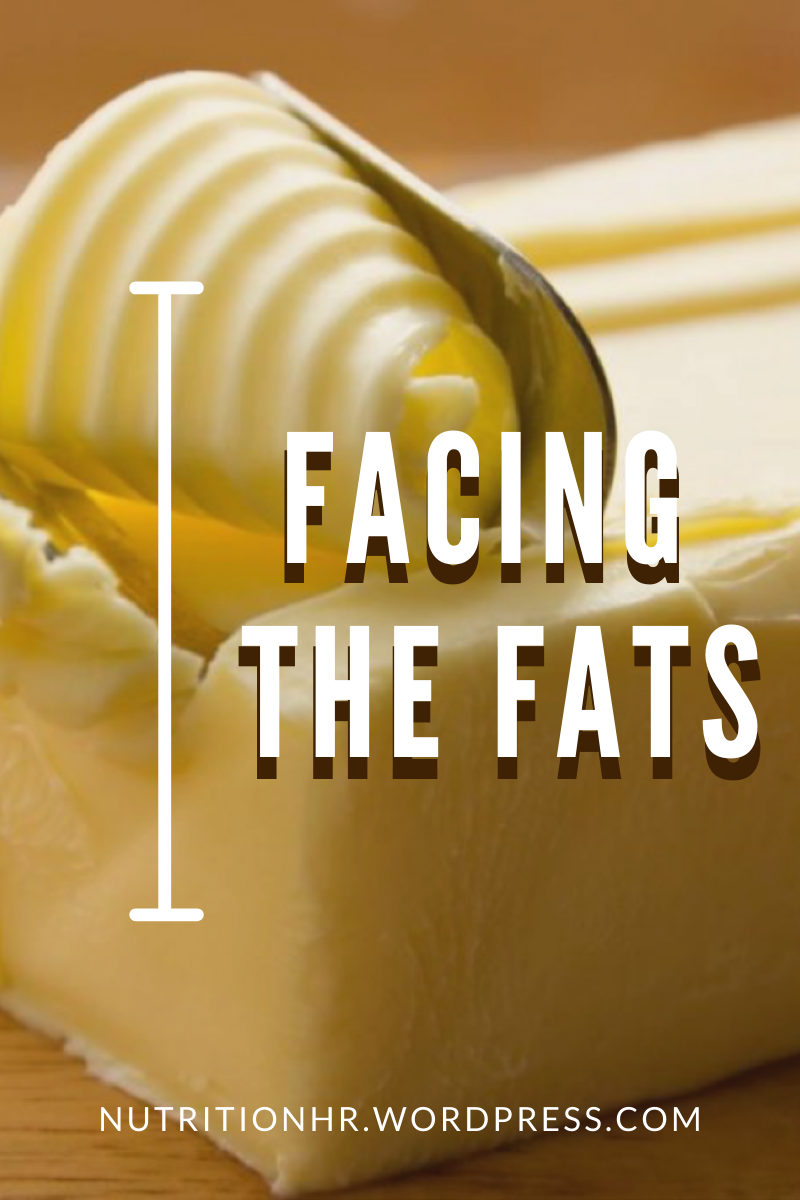
Facing the Fats: Polyunsaturated Fats and Essential fatty acids (Part 3)
So far in this series, we’ve talked about saturated, unsaturated and trans fats, now let’s deep dive into the polyunsaturated fats.

PUFA refers to another type of unsaturated fatty acids with multiple double bonds (polyunsaturation). The 2 main types are omega 3 and omega 6 fatty acids, but some omega 9 fatty acids also exist. PUFAs are named based on the position of their first double bond, but that’s a bit complex for this post.
So, let’s stick to omega 3 and omega 6 fatty acids, for example, gamma-linolenic acids (LA – omega 6), alpha-linolenic acid (ALA – omega 3), Eicosapentaenoic acid (EPA – omega 3) and Docosahexaenoic acid (DHA – omega 3). These really seem like tongue-twisters to pronounce, but you don’t need to worry much about that.

PUFAs have also been confirmed to have even better beneficial effects on blood cholesterol and blood lipid levels as well as heart health than MUFAs, and they have been associated with improved cardiovascular health. Especially omega 3 fatty acids which are considered essential fatty acids (EFAs) and are the building blocks of cell membranes, hormones and support inflammatory responses, as well as brain and nervous system function. The human body cannot produce ALA, EPA and DHA in sufficient quantities and so we gain them from a balanced diet.
Read More »Facing the Fats: Polyunsaturated Fats and Essential fatty acids (Part 3)
